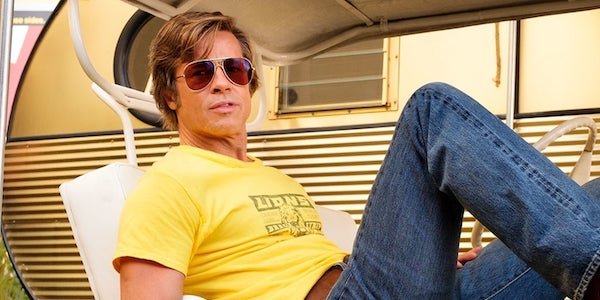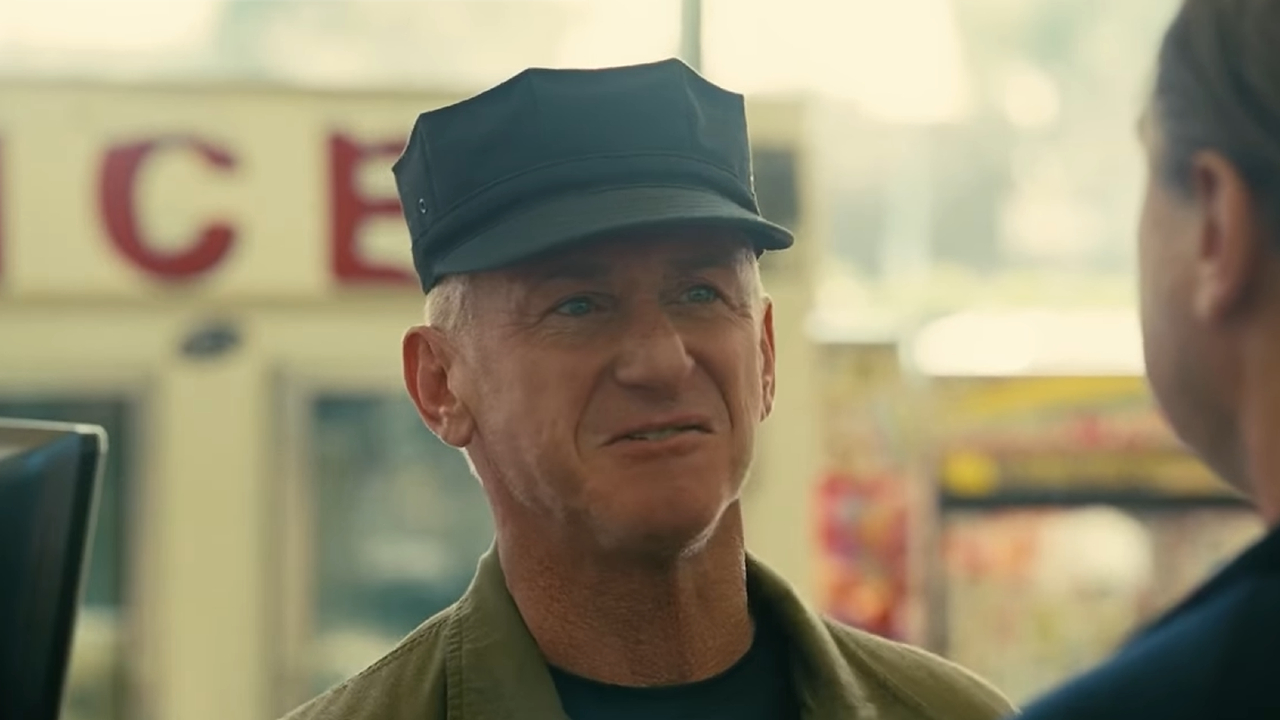Cool Tricks Quentin Tarantino Used To Recreate 1969 L.A. For Once Upon A Time In Hollywood

The words “green screen” can not be found in Quentin Tarantino’s vocabulary. The director wouldn’t know a CGI if it walked up to him and tried to shake his hand. When he films, he films with practical props on physical sets, and he uses actual film stock. Old school? Perhaps, but it’s an approach that his fans appreciate and adore, leading to the level of support he gets on each feature film.
But when the director chooses to mount a loving tribute to his home city of Los Angeles in 1969, it presents major obstacles that have to be addressed by Tarantino and his creative team. The storyteller sets his new film Once Upon a Time in Hollywood on three specific days in 1969, where the trajectories of a fading character actor (Leonardo DiCaprio), a contemporary “cowboy” (Brad Pitt) and a rising starlet (Margot Robbie) eventually intersect.
Tarantino wasn’t about to fully recreate 1960s Los Angeles on the backlot of a studio – or worse, digitally de-age Hollywood to meet the needs of his story. He went around Southern California to seek out locations where portions of 1969 L.A. could still be found, with a little production-design help.
Tarantino was a guest on CinemaBlend’s own ReelBlend podcast recently, where he did a deep dive into the making of Once Upon a Time in Hollywood with the hosts (as well as touching on major components in his incredible career). When we asked him specifically about finding elements of 1969 L.A. in the contemporary city, Tarantino told us:
What you gotta do is, you pick a place that you’ve got a good idea of what it looked like in 1969? Like for instance, just to give you an example, a lot of Quinn Martin [television] shows that were based out of Warner Brothers Studios shot a lot in the valley, so they didn't have to drive around that much. So like the FBI [characters], all of a sudden they're just on Riverside Drive. So you look at it and you say, ‘Oh, okay. So this is still fairly similar to what it was like. We've gotta do something about that and we've got to do something about that. And that used to be this, and now it's that. But the structure of the building is still the same. I could paint it and it would be like it was.
That wasn’t always possible, however. Times change, and locations evolve, and Los Angeles, in particular, has become a modern metropolis. So for long driving shots, where Tarantino needed Brad Pitt or Leonardo DiCaprio to glide through L.A. in their automobiles with period-specific signage and other cars all around them, that required drastic measures.
As Tarantino elaborated to ReelBlend:
You just start driving, and say, ‘How many bogies do we see that absolutely won’t work?’ You find a place that has one or two or even three blocks that go together. And the trick is to finding – one, you'd love [for] it to have some cool things from the ‘60s there. The trick is just not having anything bad there! Or nothing bad that you can't camouflage, to some degree or another.But when you're talking about Brad driving, I've got to be able to cover three or four blocks. … In that instance, that's us shutting down the freeway! When he turns out onto the Hollywood freeway with the girl, we own the Hollywood freeway for an hour!
There’s more of that then you might imagine. Once Upon a Time in Hollywood cinematographer Robert Richardson hopped on the phone with CinemaBlend to discuss the process of capturing a bygone era of Los Angeles for Tarantino’s film. These two have collaborated on every QT movie since Kill Bill Vol. 1, and in between, Richardson stayed busy by filming for Martin Scorsese and Ben Affleck.
Your Daily Blend of Entertainment News

When we asked Richardson how much of 1969 L.A. could be found on the modern landscape, he told CinemaBlend:
Well that's certainly a better question for Barbara Ling, who was the production designer. But I can tell you from my own personal perspective and communication with her that there was very little left. A substantial portion of 1969 was built by her. Certainly Hollywood Boulevard, parts of Sunset, et cetera. Many of the locations, like for example, when Brad is opposite the Capitol Records building and he's picking up Margaret [Qualley], they re-fabricated that building behind them and she did it. But that building doesn't exist. There's nothing like that. So much of what is on film is her productions design, and so much, of course, is enhanced by the costume design.
And when the locations that the team needed for Once Upon a Time in Hollywood did not cooperate in the slightest, Quentin Tarantino did have a few cool tricks up his sleeve. Not digital. Again, everything about Tarantino suggests he’s an analogue guy, who will come up with practical solutions for his production obstacles.
Take, for instance, a beautiful shot where Brad Pitt’s character, Cliff, takes a shortcut on his drive home through a local drive-in movie theater. Tarantino told the ReelBlend guys that the drive-in doesn’t exist at that location anymore. But he had an idea.
We did that with miniatures. We found the space. The marquee was real. And we had a frame for how big the drive-in screen would be. Okay? So he really drove, and he turned and he went around this way. And then the camera moved up towards this kind of frame. Then John Dykstra -- the great John Dykstra -- built a miniature of the drive-in screen. And me being me…. when we get over the drive-in screen, I don't want CGI cars. I want toy cars. I want physical toy cars. Cars that can move a little bit, but a physical [car]. And he goes, ‘Well, that can get kind of expensive and no one's going to notice the difference.’ I go, ‘I'll notice the difference, and come on John, so will you.’ [Laughs]
That’s what helps Quentin Tarantino stand apart from other filmmakers. He notices the differences, and he knows that his audience will, as well. For the full ReelBlend conversation with Tarantino, press play on the episode below:
Powered by RedCircle
Once Upon a Time in Hollywood is in theaters as we speak. It’s a remarkable achievement for Tarantino, the movie that it feels like he has been building up to for his entire career. It’s off to a great start on Thursday night, and we hope that it will continue to pack in crowds all weekend long.

Sean O’Connell is a journalist and CinemaBlend’s Managing Editor. Having been with the site since 2011, Sean interviewed myriad directors, actors and producers, and created ReelBlend, which he proudly cohosts with Jake Hamilton and Kevin McCarthy. And he's the author of RELEASE THE SNYDER CUT, the Spider-Man history book WITH GREAT POWER, and an upcoming book about Bruce Willis.
